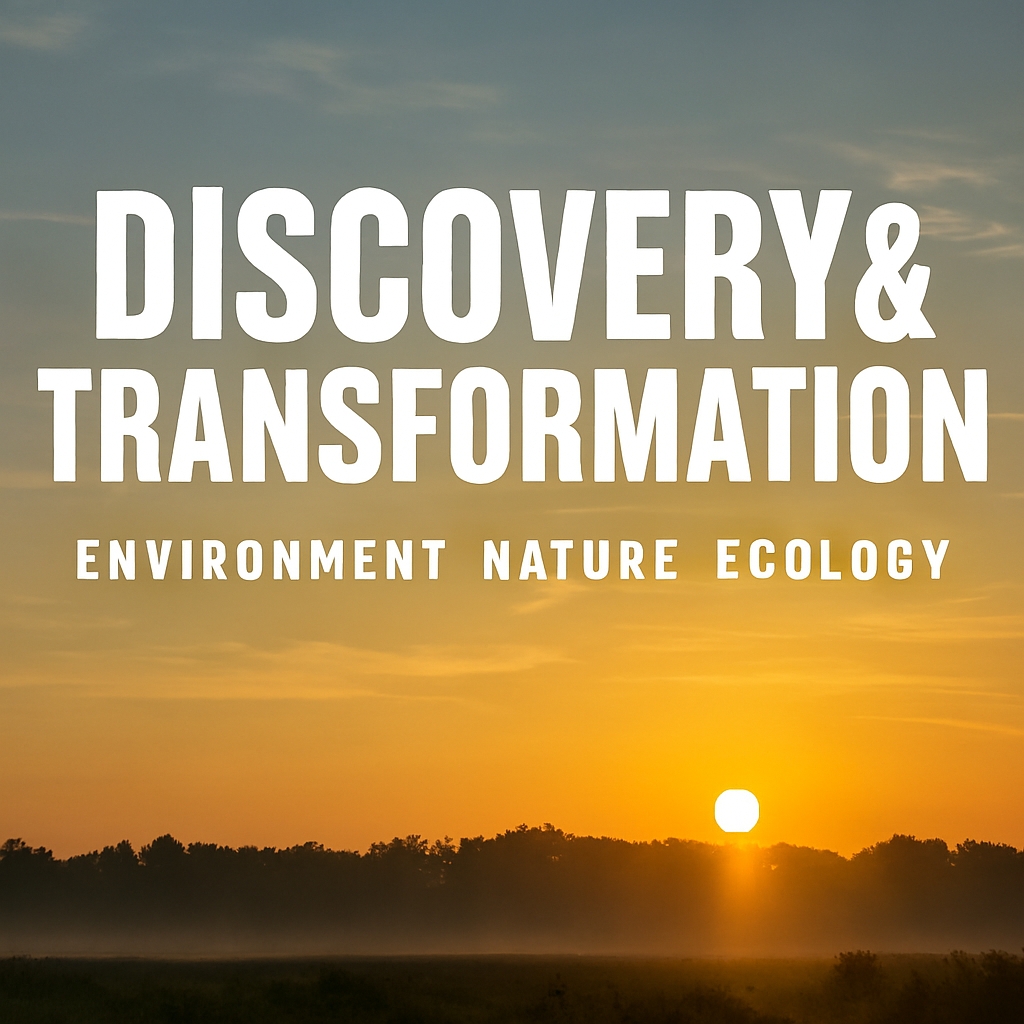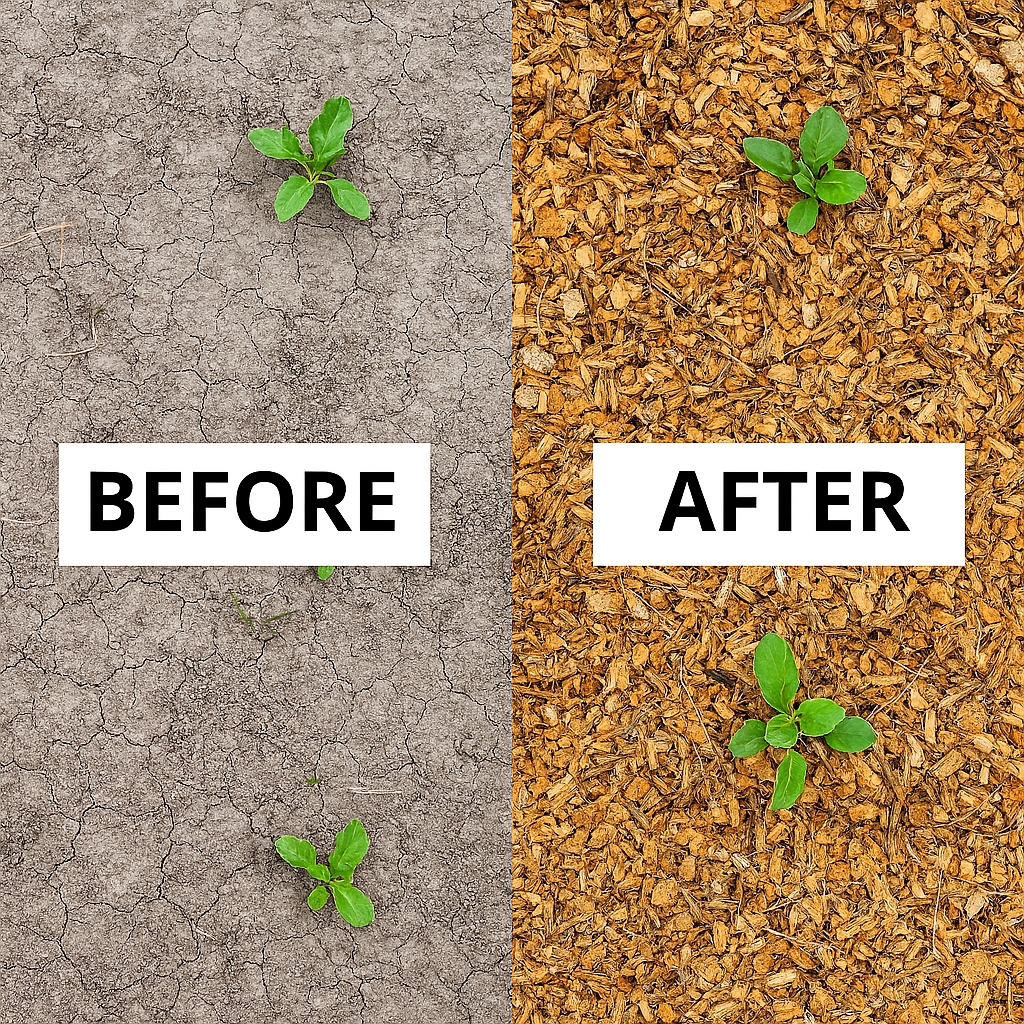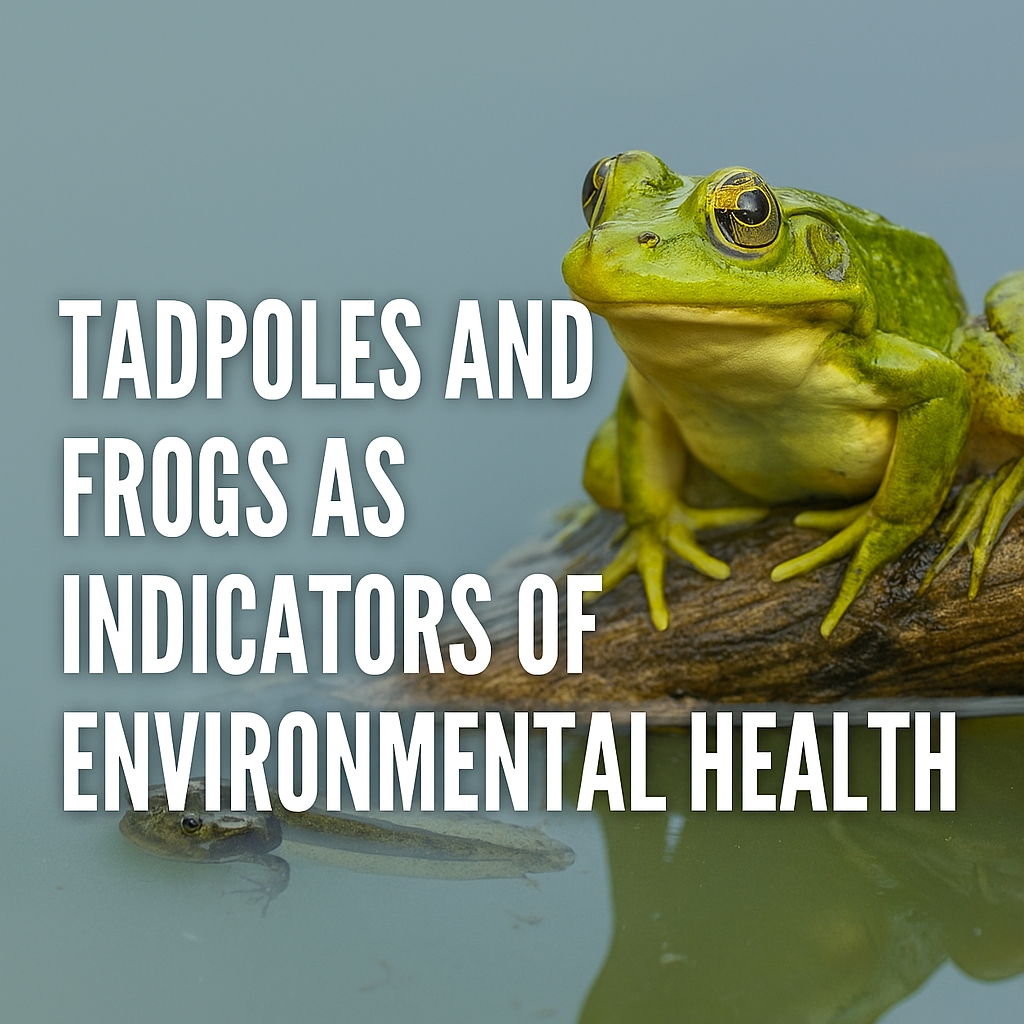Why Repairing the Environment is Crucial
Repairing the Environment
Environmental repair is no longer an abstract concept or a distant concern—it’s a pressing issue that affects every facet of life on Earth. As our planet faces escalating ecological challenges, the importance of healing and preserving our natural systems becomes ever clearer.
Protecting Biodiversity
The Web of Life
Biodiversity, the variety of all living organisms on Earth, forms the backbone of ecological balance. Each species plays a unique role in its ecosystem, contributing to processes like pollination, water purification, and nutrient cycling. When habitats are degraded, species face extinction, disrupting this intricate web of life.
Why It Matters
Biodiversity isn’t just an environmental issue—it’s a life-support system. From the food we eat to the air we breathe, human survival depends on thriving ecosystems. Repairing damaged environments helps safeguard this essential diversity, ensuring stability for generations to come.
Combating Climate Change
A World in Crisis
Deforestation, industrial pollution, and excessive carbon emissions have tipped the scales of our planet’s climate. Rising temperatures, melting glaciers, and extreme weather events are becoming the norm, threatening millions of lives and livelihoods.
The Role of Environmental Repair
Restoring forests, wetlands, and oceans can act as a powerful counterforce to climate change. These natural systems absorb carbon dioxide, regulate temperatures, and protect against natural disasters, highlighting why repairing them is non-negotiable.

Ensuring Human Health and Well-being
The Link Between Nature and Health
Environmental degradation has direct and indirect effects on human health. Polluted air, contaminated water, and loss of green spaces contribute to respiratory diseases, waterborne illnesses, and mental health struggles.
The Healing Power of Restoration
Repairing ecosystems leads to cleaner air and water, reducing health risks. Additionally, green spaces provide a refuge for mental well-being, promoting healthier, happier communities.
Supporting Economic Sustainability
Nature’s Economic Value
A healthy environment isn’t just good for the planet; it’s also a cornerstone of a thriving economy. Agriculture, fisheries, and tourism depend heavily on natural resources, which are rapidly diminishing due to environmental damage.
The Cost of Inaction
Without intervention, the economic toll of environmental degradation could be catastrophic. Repairing ecosystems ensures long-term sustainability, providing livelihoods and resources for countless people worldwide.

Upholding Moral Responsibility
A Commitment to Future Generations
As stewards of the Earth, we hold a moral obligation to leave the planet better than we found it. Repairing the environment is an ethical choice—one that reflects our respect for life and our commitment to those who come after us.
The Power of Collective Action
Environmental repair isn’t just the responsibility of governments or organizations—it’s a collective effort. Individual actions, when multiplied across communities, can lead to meaningful change and inspire a global culture of stewardship.
Preserving Water Resources
The Importance of Freshwater
Water is life, yet overuse, pollution, and climate change are depleting this vital resource. Healthy ecosystems help filter and store freshwater, ensuring a steady supply for people and wildlife alike.
Restoration in Action
By repairing wetlands and forests, we can protect water sources from contamination, preserve aquatic habitats, and bolster resilience against droughts and floods.

Reducing Pollution
A Cleaner World
Air, water, and soil pollution have detrimental effects on humans, animals, and plants. Industrial waste, plastic debris, and chemical runoffs are among the leading culprits causing widespread harm.
Reversing the Damage
Repairing the environment involves cleaning up pollutants, promoting sustainable practices, and preventing further contamination, creating healthier ecosystems and communities.
Reconnecting Humans with Nature
The Disconnect
Modern urban lifestyles have distanced many people from the natural world. This separation contributes to apathy towards environmental issues and a loss of appreciation for nature’s beauty and benefits.
Bringing People Back to Nature
Restoration projects encourage individuals to engage with the environment, fostering a sense of connection, responsibility, and stewardship that fuels collective action.

Protecting Cultural and Indigenous Heritage
Nature and Identity
For many Indigenous communities, the environment is deeply intertwined with cultural identity and traditions. Environmental degradation threatens not only ecosystems but also the heritage and livelihoods of these communities.
Repairing Ecosystems for Cultures
Restoring damaged environments helps protect the lands and resources upon which these cultures depend, ensuring their continuity and resilience.
Fostering Innovation and Technology
Eco-Innovations
Efforts to repair the environment have spurred the development of innovative technologies and solutions. From renewable energy to waste management systems, environmental challenges inspire human ingenuity.
Paving the Way Forward
Investing in restoration not only heals the planet but also drives progress in science, technology, and sustainable development, creating opportunities for a brighter future.

Conclusion
Repairing the environment is not just an act of necessity; it is an act of hope, responsibility, and vision. By committing to restoration, we protect the planet’s biodiversity, combat climate change, promote human health, secure economic stability, and honor our ethical duty. Additionally, preserving water resources, reducing pollution, fostering human-nature connections, safeguarding cultural heritage, and driving innovation are all critical outcomes of environmental repair. The time to act is now—because the future of life on Earth depends on the choices we make today.
Join the Discussion
Why Repairing the Environment Matters
The importance of repairing the environment cannot be overstated, but meaningful change begins with conversation and collaboration.
What steps can individuals take to contribute to environmental repair?
How can communities amplify their impact in restoring ecosystems?
What role do businesses and governments play in creating a sustainable future?
What inspires you to take action toward environmental restoration?













Arrow Symbols
“This post has helped me solve my issue, thanks a ton!”